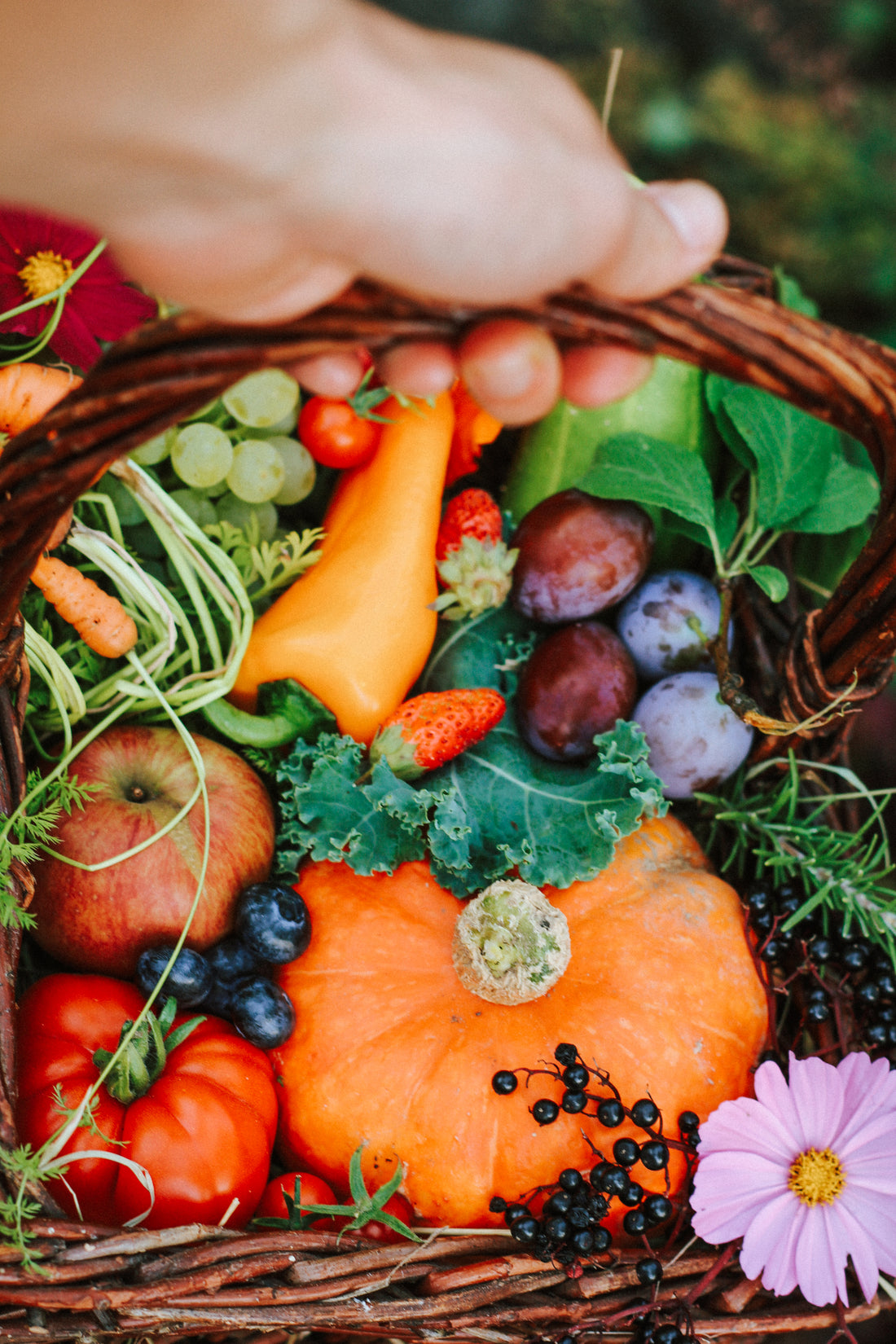Minerals are essential for the nutrition of children and adults and are divided into two groups: bulk elements and trace elements.
The names already give it away: While bulk elements are present in large quantities in the body, trace elements only occur in small quantities (traces).
Often people just talk about how important proteins etc. are for us, but minerals also take on vital functions in the body.
Find out more about four important minerals and their functions in the body here. Parents will then find child-friendly explanations of minerals to help their children understand their importance.
Early understanding of a balanced diet is crucial for the health of ourselves and our children.
TRACE ELEMENTS:
Selenium - immune system and detoxification
Selenium is essential for the immune system. It supports vitamins such as vitamin C in neutralizing harmful substances in the body and promotes protein synthesis. The trace element is contained in Brazil nuts, salmon and whole grain products.
Zinc - immune defense and wound healing
Zinc, present in meat, oatmeal and nuts, is important for the immune system and supports the defense against infections. A deficiency can impair wound healing and increase susceptibility to disease.
QUANTITY ELEMENTS:
Calcium - bone strengthening and muscle activity
The quantitative element calcium is crucial for the development of bones and teeth. Together with vitamin D, it is essential for healthy bones, muscles and nerve functions. Calcium is found in mineral water, dairy products and green vegetables.
Phosphorus - Energy production and muscle activity
Phosphorus can be found in cheese and walnuts, among other things. The bulk element supports bone strengthening, together with calcium. It plays an essential role in energy metabolism, allowing food to be converted into energy needed for muscle activity.
How do I explain the minerals to my child?
Imagine that our body is like a farm, and the minerals are like little helpers that keep everything running. Some of these helpers are there in larger quantities, such as the farmers, who take on many tasks (quantity elements). Others are specialized helpers that only help with certain tasks (trace elements).
TRACE ELEMENTS explained in a child’s play:

selenium
Selenium is like a protective shield for our body. It fights hard to keep us healthy and strengthen the immune system. Selenium blocks bad things from our body and makes muscles strong.
zinc
Imagine zinc is like a tiny doctor in the body. If you are injured or sick, zinc rushes to get you back in shape quickly. Like a superhero, it strengthens the body so that illnesses have no chance!
QUANTITY ELEMENTS explained in a child’s play:

Calcium
Calcium is like building material for strong bones and teeth! It helps our bones grow big and strong. This means you can play and run around outside without your bones hurting.
phosphorus
Phosphorus not only strengthens your bones, but also gives your muscles strength! Think of phosphorus as a fuel for the body. It gives you the energy to jump around, run and do all the cool things you love.
Don't want to explain it to your children yourself? No problem! The Try It Children's Cookbook contains information about the individual minerals, which children can easily listen to in the app.
Co-author: Isabelle Epoupa


